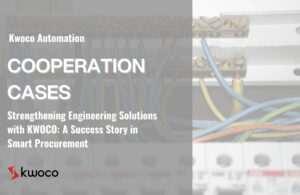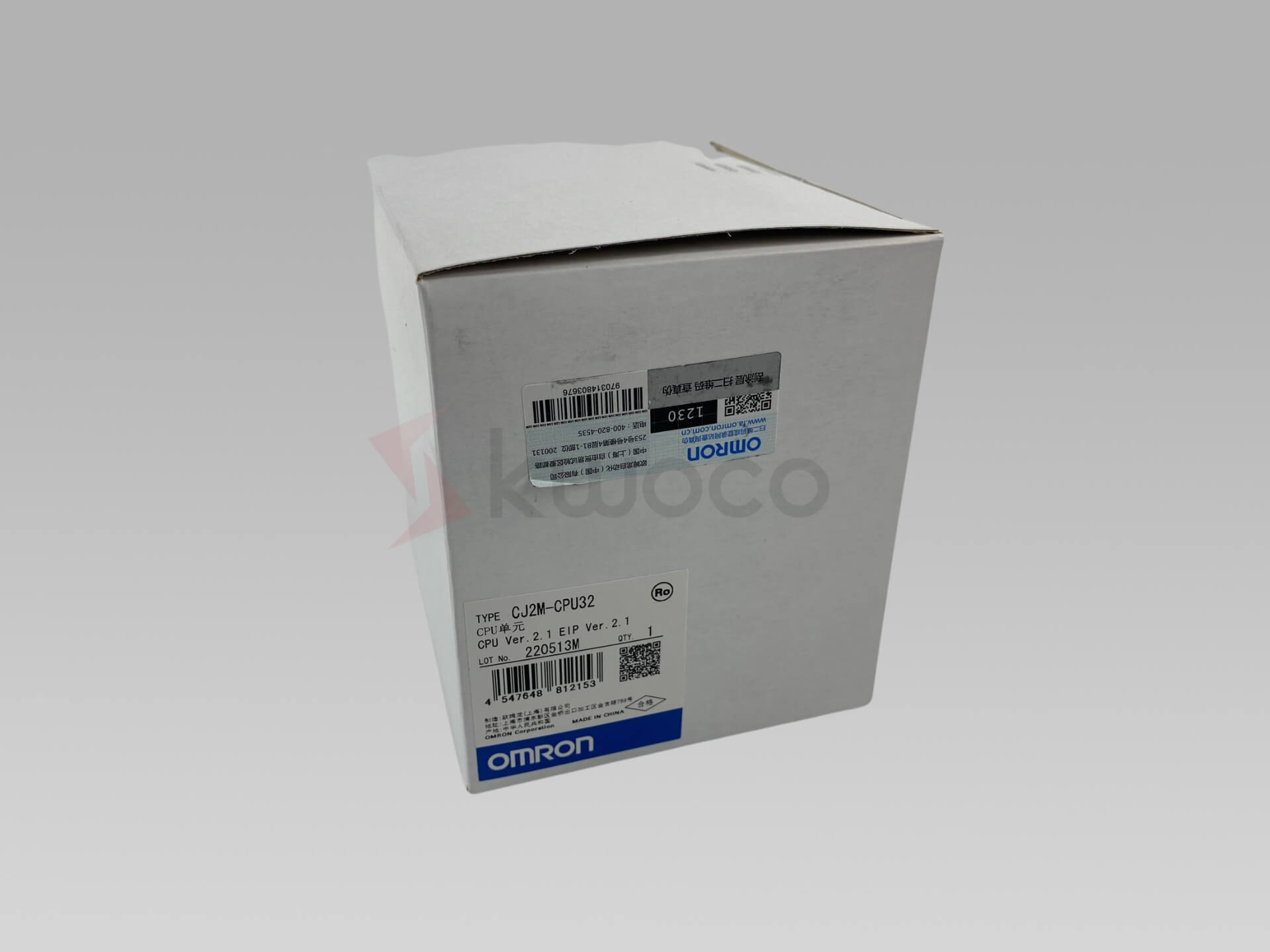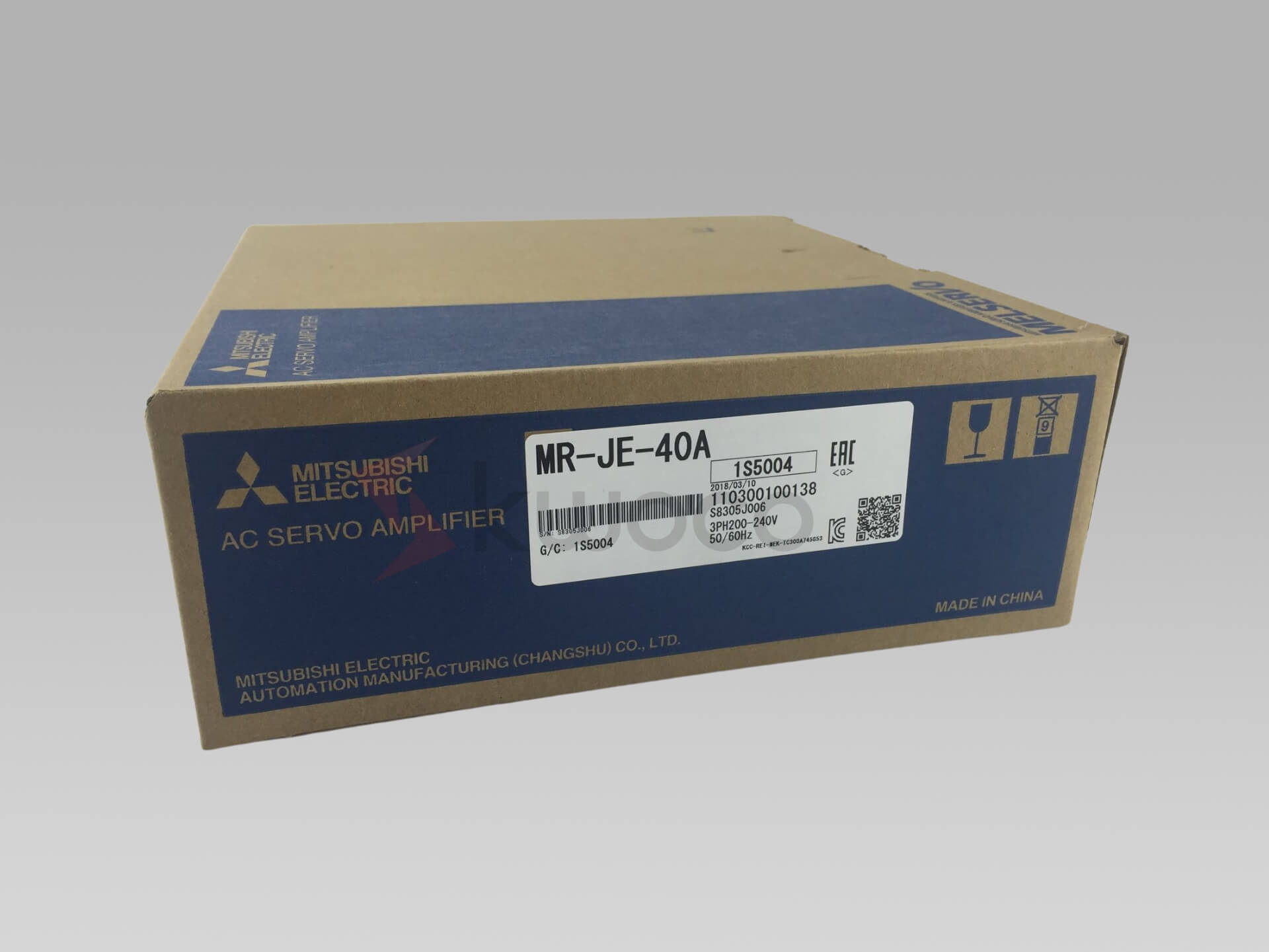Essential Components of PLCs Explained
Table of Contents
What Is a PLC in Industrial Automation?
A Programmable Logic Controller (PLC) is a specialized computer used to control machines and processes. In industrial automation, PLCs are essential because they provide flexible, reliable, and efficient control systems.
PLCs are designed to withstand harsh industrial environments and can be programmed to perform a wide array of control functions. They replace traditional relay-based control systems, offering more advanced features and greater reliability.
Key Features of PLCs
- Programmability: PLCs can be programmed using various programming languages to meet specific control requirements.
- Robustness: Built to operate in industrial environments with extreme temperatures, dust, and vibrations.
- Real-Time Operation: Processes input data and executes control programs in real-time.
For more detailed information on PLCs, you might want to explore our PLC products.
Essential Components of a PLC System Explained
A PLC system consists of several key components that work together to perform control functions. Understanding these components is fundamental to grasping how a PLC operates.
1. Power Supply
The power supply module provides the necessary voltage used by the PLC. It converts the input voltage into levels required by the PLC processor and other modules. The power supply converts AC voltage to DC voltage, ensuring that the PLC and its components receive stable power.
Key Points:
- Supplies power to the PLC and its modules.
- Converts AC input voltage to DC voltage used by the PLC.
- Ensures reliable operation of the PLC system.
2. Central Processing Unit (CPU)
The Central Processing Unit (CPU) is the brain of the PLC. It executes the control program, processes input data, and makes decisions based on the programmed logic.
Key Points:
- Executes the control program stored in memory.
- Performs logic, sequencing, timing, counting, and arithmetic functions.
- Manages communications with other modules and devices.
3. Input and Output Modules
Input and Output (I/O) modules are crucial components that allow the PLC to interact with external devices.
- Input Modules: Receive signals from input devices like sensors and switches. They convert these signals into a form that the PLC’s CPU can process.
- Output Modules: Send control signals from the PLC to output devices like motors, valves, and relays. They convert the CPU’s commands into actions.
Key Points:
- Interface between the PLC and field devices.
- Input modules handle data from sensors and input devices.
- Output modules control actuators and output devices.
For a deeper dive into input and output devices, consider checking out our Omron Sensors and Relay products.
4. Memory
Memory in a PLC stores the control program and necessary data. It ensures that the CPU has access to the instructions and information required to perform control functions.
Key Points:
- Stores the control program and operational data.
- Types of memory include RAM, ROM, and EEPROM.
- Critical for program execution and data retention.
5. Communication Interface
The communication interface allows the PLC to connect with other systems and devices, such as Human-Machine Interfaces (HMIs), Supervisory Control and Data Acquisition (SCADA) systems, and other PLCs.
Key Points:
- Enables network communications capability.
- Facilitates data exchange with external systems.
- Supports protocols like Ethernet, Modbus, and Profibus.
Explore our range of HMIs to see how they complement PLC systems.
How Do Input and Output Modules Work in a PLC?
Input Modules
Input modules are used to monitor the status of input devices and send that data to the PLC’s CPU. They handle both digital and analog signals.
- Digital Inputs: On/off signals from devices like pushbuttons and limit switches.
- Analog Inputs: Variable signals representing temperature, pressure, or other continuous measurements.
Key Points:
- Converts physical signals into data the PLC can process.
- Isolates the PLC from voltage fluctuations and noise.
- Handles signals from various field devices.
Output Modules
Output modules control output devices by sending signals from the CPU to actuators in the field.
- Digital Outputs: Operate devices like indicator lights and solenoids.
- Analog Outputs: Control devices that require variable signals, such as variable-speed drives and control valves.
Key Points:
- Converts CPU commands into actions.
- Interfaces with motors, relays, and other actuators.
- Essential for the PLC to influence the physical process.
The Role of PLC Programming and Software in Automation
PLC programming is the process of creating a set of instructions that the PLC follows to perform control functions. The program is written using specialized PLC software and then loaded into the PLC where it is stored in memory.
Programming Languages
PLCs can be programmed using several programming languages:
- Ladder Logic: Resembles electrical relay logic; widely used for its simplicity.
- Function Block Diagram (FBD): Uses blocks to represent functions.
- Structured Text (ST): High-level language resembling Pascal.
- Sequential Function Chart (SFC): Represents processes as steps and transitions.
Key Points:
- Programming languages allow for flexibility in control strategies.
- The program dictates how the PLC monitors inputs and controls outputs.
- Programming PLCS requires knowledge of control logic and the specific process.
For more on PLC programming, our Schneider PLC offerings include devices that support various programming languages.
PLC Software
- Development Environment: Provides tools for programming and simulation.
- Testing and Simulation: Allows for program testing before deployment.
- Communication Tools: Facilitates the transfer of the program to the PLC.
- Essential for efficient PLC programming.
- Supports automation engineers in developing reliable control systems.
- Enhances the functionality and flexibility of the PLC.
Why Do Automation Engineers Rely on PLCs?
Automation engineers use PLCs because they provide a versatile and dependable solution for controlling industrial processes.
Benefits of Using PLCs
- Flexibility: Easily reprogrammed for different tasks and processes.
- Scalability: Suitable for small machines to large, complex systems.
- Reliability: Designed for industrial environments with high durability.
- Integration: Compatible with various devices and communication protocols.
Applications
PLCs are used in a wide range of industrial applications, including:
- Manufacturing assembly lines
- Automated material handling systems
- Process control in chemical and petrochemical plants
- Energy management systems
For high-performance PLCs suitable for complex applications, consider our Mitsubishi PLCs.
Frequently Asked Questions
A typical PLC consists of:
- Power Supply
- CPU (Central Processing Unit)
- Memory
- Input Modules
- Output Modules
- Communication Interface
These components work together to allow the PLC to monitor inputs, execute the control program, and control outputs, forming an effective control system.
- Input Modules: Convert signals from input devices (like sensors) into data the CPU can process.
- Output Modules: Convert CPU commands into signals that control output devices (like motors and valves).
They are essential for the PLC to interact with the physical world, enabling it to monitor and control field devices.
The CPU is the brain of the PLC, performing all logic and control operations. It processes input data, executes the control program, and updates outputs. The CPU ensures the PLC can make decisions based on programmed logic.
PLC programming defines how the PLC operates. The program is stored in memory and dictates how the PLC processes inputs and controls outputs. Proper programming is crucial for the PLC to perform desired control functions accurately.
The power supply provides the necessary voltage used by the PLC and its modules. A stable power supply converts incoming power to levels required by the PLC, ensuring reliable operation.
Yes, PLCs have network communications capability and can be integrated with HMIs, SCADA systems, and other PLCs. This integration allows for advanced automation applications and centralized control.
Power your projects with brand-new, original Omron, Mitsubishi, Schneider PLC – in stock, ready now!
Conclusion
- PLCs are central to industrial automation, providing flexible and reliable control systems.
- Understanding the essential components of a PLC is crucial for designing and maintaining automated systems.
- Input and output modules enable the PLC to interact with the physical world by processing signals from input and output devices.
- The CPU executes the control program, making decisions and performing control functions.
- Power supply, memory, and communication interfaces are vital for the PLC’s operation and integration with other systems.
- PLC programming allows engineers to tailor PLC operations to specific control applications.
Looking for new, original PLCs for your projects? At Kwoco, we stock the latest PLCs from top brands like Omron, Mitsubishi, and Schneider. Shop with confidence—fast shipping, guaranteed quality! Buy Now
Contact Us
Just fill out your name, email address, and a brief description of your inquiry in this form. We will contact you within 24 hours.
You May Also Find These Topics Interesting

VFD vs VSD: Understanding Key Differences in Motor Control
Are you confused about the difference between Variable Frequency Drives (VFDs) and Variable Speed Drives (VSDs)? This comprehensive guide will clarify these essential motor control technologies, helping you make informed decisions for your industrial applications.

What is Ethernet? Why Do We Use Ethernet in PLC?
Ethernet has become the backbone of modern local area networks, offering a reliable and efficient means for devices to communicate. In the realm of industrial automation, Ethernet’s integration with Programmable Logic Controllers (PLCs) has revolutionized how industrial equipment communicates, enabling faster data exchange and improved control processes.

Strengthening Engineering Solutions with KWOCO: A Success Story in Smart Procurement
Strengthening Engineering Solutions with KWOCO: A Success Story in Smart Procurement In the competitive landscape of industrial automation, the right







